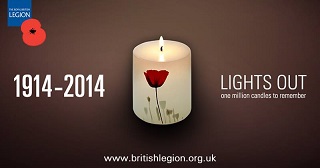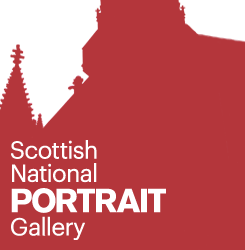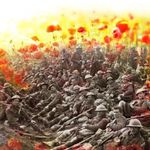 The Battle of the Somme was fought in northern France over 141 days in 1916, from 1st July to 18th November, in a series of bloody and costly actions on this small section of the Western Front. The centenary in 2016 will be marked by a number of commemorative events across the UK and in France itself.
The Battle of the Somme was fought in northern France over 141 days in 1916, from 1st July to 18th November, in a series of bloody and costly actions on this small section of the Western Front. The centenary in 2016 will be marked by a number of commemorative events across the UK and in France itself.
A Department for Culture, Media and Sport news release describes plans for commemorations at national and international levels, and encourages the development of local events. A high-level international commemorative event will take place at Thiepval Memorial in France on 1st July 2016, with participation by representatives of many nations.
In Scotland a national vigil service will be held at the Scottish National War Memorial in Edinburgh through the night of 30th June / 1st July. In the coming months, other vigils will be staged at locations around Scotland organised by regimental associations and others to tie in with key dates and battles involving individual regiments.
New education resources will assist teachers who want to help their students learn about the nature and importance of this particular campaign. The National Army Museum resource includes a video about the battle; PowerPoint slides which offer photographs and images from 1916 with detailed captions, which can be re-used by teachers. (such as the image used in this blog post, by kind permission); and NAM also offers downloadable exhibition panels to which local material can be added. A British Council pack ‘Remembering the Battle of the Somme’ offers material for wider aspects of the fighting.
There are many online assets which cover aspects of the conflict. The Commonwealth War Graves Commission has a dedicated Somme site. Imperial War Museum covers the history in text, images and audio. The BBC iWonder resource “Why was the Battle of the Somme film bigger than Star Wars” discusses the huge public appeal of a 1916 documentary film shown in cinemas, which has now been digitally re-produced and made available by Imperial War Museum for showings in local venues. A BBC news video clip describes one section of the tunnels under the battlefield.










